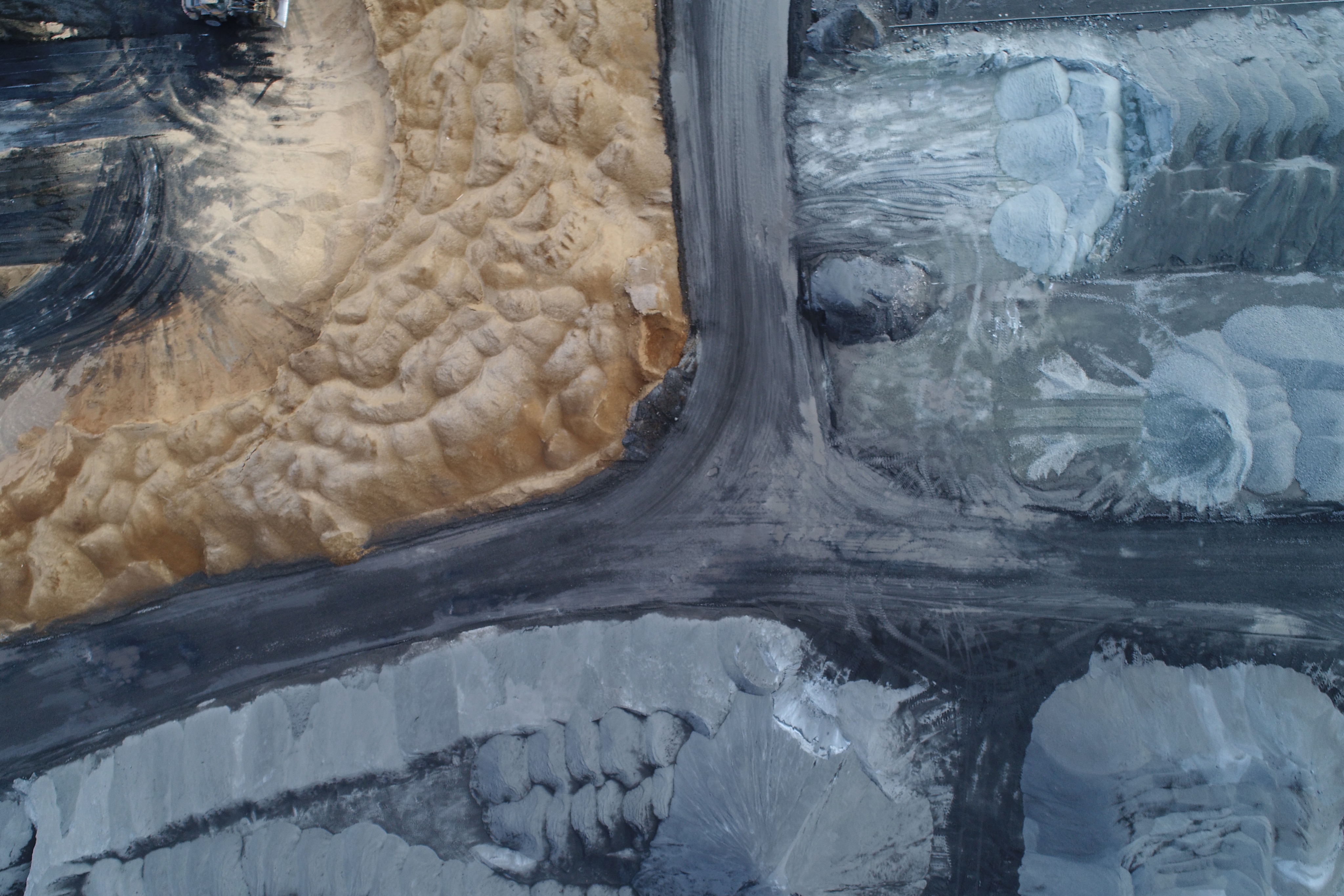Aggregates in Indiana
Indiana Aggregates
Quick Facts
The facts below are current as of 2009. They were compiled by the Indiana Mineral Aggregates Association, Indiana Geological Survey, National Stone, Sand & Gravel Association and the U.S. Geological Survey. Special thanks to Kathryn Shaffer of the Indiana Geological Survey and Mary Foster, an industry researcher.
DOWNLOAD PDF VERSIONIndiana ranks 1st nationally in the production of air-cooled blast furnace and steel furnace slag.
Aggregates are produced from 205 surface and underground mines in Indiana.
Aggregate mining occurs in seventy-nine of the ninety-two Indiana counties.
Approximately 28,603 lbs. of aggregate are required for each Indiana resident per year.
The Indiana aggregates industry sustains approximately 4,500 jobs both in and related to aggregate mining.
Slag is used as the surface material at the Indianapolis Motor Speedway because its angular, sharp texture creates excellent traction and skid resistance.
Companies in Indiana produce approximately 45.2 million metric tons of crushed stone and 17.4 million metric tons of sand and gravel annually.
Indiana aggregate facilities logged over 4.5 million hours in 2018.
What’s The
Economic Impact?
The aggregate industry constitutes an integral segment of the nation’s economy. This $21.2 billion dollar industry supplies construction materials for the transportation industry, and more than 90% of aggregate production is used directly or indirectly by the construction industry.
Aggregate operations create attractive job opportunities and a strong tax base for local communities. Aggregates are essential construction materials for residential and commercial development, as well as for improvements to infrastructure projects such as roads, bridges, dams, hospitals, schools, and water/sewer systems. Every $1 million in aggregate industry sales creates 19.5 jobs (National Stone, Sand & Gravel Association).
The Industry &
Environmental
Stewardship
A number of lakes resulting from aggregate excavation have been reclaimed to make excellent water recreational facilities. These lakes also aid in recharging the groundwater aquifers, providing sources of water for cities and towns.
Many old aggregate mines are now parks, wildlife habitats, and sites for office complexes, apartments, and housing communities.
The aggregate industry and its partners work to recycle old concrete and asphalt pavement, crushing and sorting it like rock so that it can be reused.
Limestone and dolomite are key ingredients for the removal of sulfur dioxide created when high-sulfur coal is burned in electricity plants. Indiana has several plants producing material for limestone scrubbers and other air-cleaning systems, providing Hoosiers with cleaner air to breathe.
Between 65-70% of all freight is transported over our highways, which serve as connectors with water, rail, and facilities.
About 80% of all Indiana aggregate is transported by truck, 18% by barge, and 2% by other transportation.
One mile of two-lane concrete highway is 24 feet wide and 12 inches thick and requires 7,205 tons of aggregate materials to build.
One mile of two-lane asphalt pavement is 24 feet wide and 14 inches thick and requires 10,300 tons of aggregate materials to build.
Beginning in the 1950s, the Federal Highway Administration began working with the states to build the 42,800-mile Interstate Highway system in 49 states, plus additional roads in Alaska, the District of Columbia, and Puerto Rico.
The United States has 3.9 million miles of roadway, of which 3.1 million miles are rural roads. The Interstate System accounts for only 1.2% of the total mileage of roads, but carries 22.8% of total travel.
Indiana’s road transportation system encompasses more than 93,000 miles of federal, state, and county roads.





